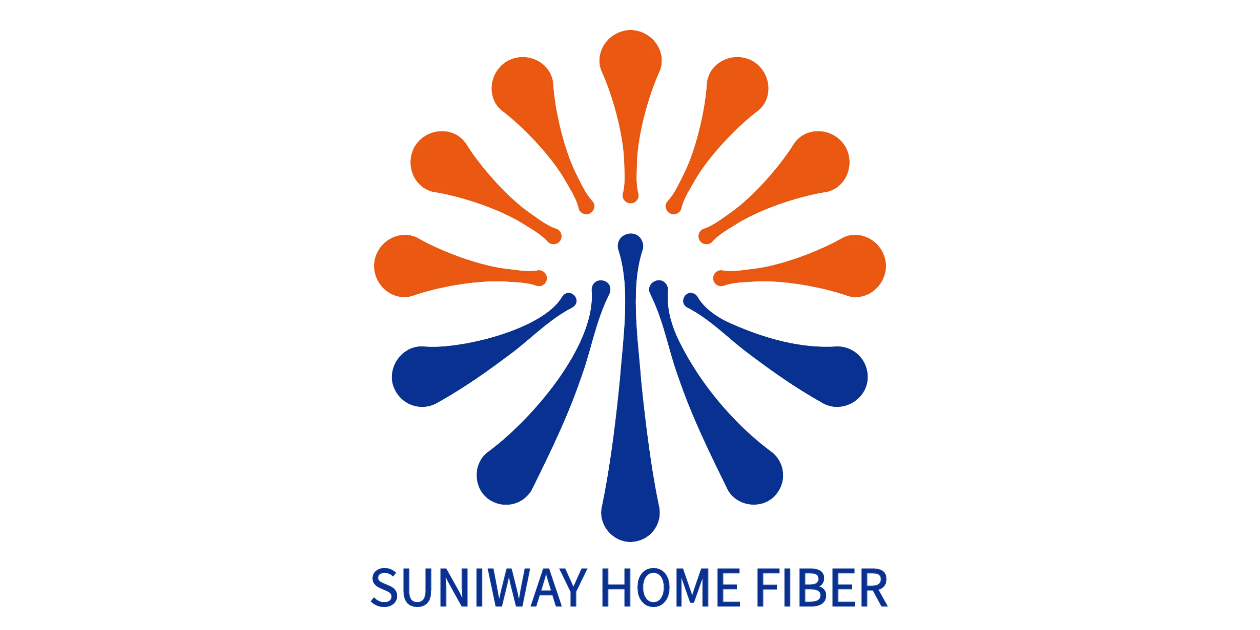
Upgrade to High-Speed Internet for only ₱1499/month!
Enjoy up to 100 Mbps fiber broadband, perfect for browsing, streaming, and gaming.
Visit Suniway.ph to learn
Keisha Ta-Asan - The Philippine Star
April 26, 2025 | 12:00am
The growth was fueled by solid contributions across its core business segments, with net interest income growing by six percent, fee income surging by 26 percent and customer loans expanding by 12 percent.
Philstar.com / Irra Lising
MANILA, Philippines — Sy-led BDO Unibank Inc. grew its net income by 6.5 percent to P19.7 billion in the first quarter from P18.5 billion in the same quarter last year.
The growth was fueled by solid contributions across its core business segments, with net interest income growing by six percent, fee income surging by 26 percent and customer loans expanding by 12 percent.
In a press briefing yesterday, BDO president and CEO Nestor Tan said the country’s largest bank continued its growth momentum from last year, when its earnings soared to an all-time high of P82 billion in 2024.
“Strong growth continues, which is healthy for the economy and for the bank. The drivers are in place; strong franchise across all business units, good capital to support growth and a very good expanding distribution network,” Tan said.
According to Tan, the bank’s capital is deemed sufficient to support growth and fund BDO’s objectives this year. Thus, it has no plans for any immediate fund raising activity.
However, BDO’s board approved an expansion of its peso bond program, raising the limit to P500 billion, as part of its capital management and funding strategy.
The Sy-led bank reported a return on average common equity of 13.8 percent for the first quarter. Gross customer loans climbed by 12 percent year-on-year to P3.3 trillion, with growth coming from all market segments.
Deposits rose by six percent to P3.8 trillion, maintaining a current account/savings account ratio of 70 percent, driven by the bank’s large branch network.
Net interest income expanded by six percent, while non-interest income surged by 21 percent on the back of strong fee-based income performance.
BDO also improved its asset quality, with the non-performing loan ratio easing to 1.77 percent from 1.83 percent a quarter ago. The bank’s NPL coverage stood at 143 percent under updated Bangko Sentral ng Pilipinas guidelines.
Shareholders’ equity increased by 12 percent due to the bank’s continued profitability, boosting BDO’s book value per share by 12 percent to P111.13. Its common equity tier 1 ratio also improved to 14.4 percent from 13.6 percent.
Tan also touched on the strength of BDO’s retail franchise and distribution network, saying, “we’re close to 1,800 branches and that’s a mix of network bank and unibank branches. We added 71 branches last year and expect to add 100 to 120 more in 2025.”
On the broader economic outlook, Tan offered a cautiously optimistic view.
“There is good gross domestic product expected, but it’s not yet at pre-pandemic levels. We anticipate catch-up investments from those deferred during COVID, but we haven’t seen them in a big way yet,” he said.
He also said that government debt levels might constrain public expenditures and thus limit investment activity.
Meanwhile, inflation is expected to stay within the BSP’s two to four percent target range.
Tan said some monetary easing could still be on the horizon.
However, he expressed concern over global factors, particularly volatility of exchange and interest rates due to developments in the United States.
Despite ongoing global challenges including trade tensions and shifting US policies, BDO emphasized its confidence in the Philippines’ consumption-driven economy and reaffirmed its ability to navigate risks while maintaining sustainable growth and profitability.
In a regular board meeting held yesterday, BDO also announced a 10-percent increase in its regular quarterly cash dividends on common shares to P1.10 per share starting in the second quarter, marking this as the bank’s new dividend policy.

 14 hours ago
7
14 hours ago
7



